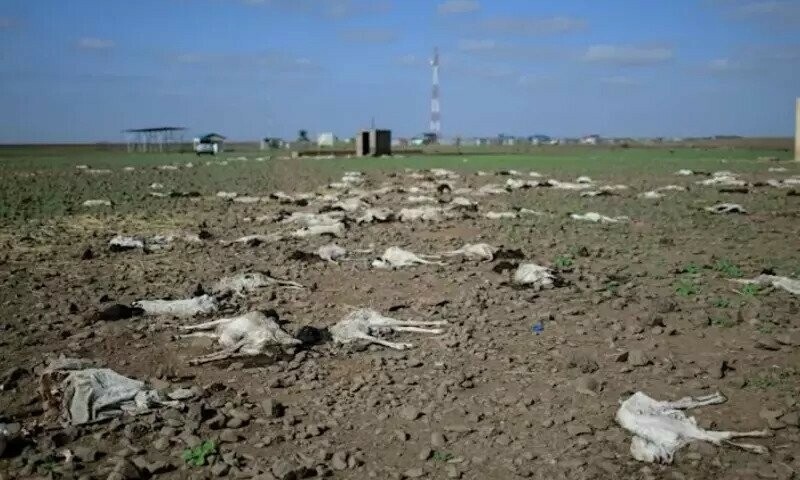As a result of persistent violence, poverty, and a locust invasion, parts of the drought-stricken Horn of Africa area are already hurting from the repercussions.
FAO’s ambassador to the African Union, Chimimba David Phiri, told a UN briefing in Geneva that “if we want to avoid a humanitarian disaster, we must act immediately.”
Funding is lacking
Food and gasoline prices are skyrocketing as a result of the crisis in Ukraine, and supply lines throughout the world have been thrown off balance, according to the World Food Programme.
More than $473 million (438 million euros) in funds is needed during the next six months, according to the agency.
Previous efforts in February garnered fewer than 4% of the funds, according to the statement.
When it came to providing aid for the 1.5 million individuals in these three countries, FAO was 60 percent short on cash.
There has been a paucity of funds that has impeded the WFP’s capacity to begin the relief effort in East Africa, according to Michael Dunford, WFP’s regional director for East Africa.
In 2017, a devastating drought ravaged East Africa, yet early humanitarian intervention avoided starvation in Somalia.
In contrast, a famine in 2011 killed 260,000 people. Half of them were children under the age of six, resulting in malnutrition and other hunger-related illnesses.
Extreme weather events are becoming more frequent and more intense as a result of climate change.
Works at The Truth International Magazine. My area of interest includes international relations, peace & conflict studies, qualitative & quantitative research in social sciences, and world politics. Reach@ [email protected]










